01:06

May 15 marked the first anniversary of the remarkable touchdown by China's Tianwen-1 on Mars in the southern part of Utopia Planitia, a vast plain on the northern hemisphere of the red planet, the country's first probe landing on a planet other than the Earth.
The name Tianwen, which means "Questions to Heaven," comes from ancient Chinese poet Qu Yuan's masterpiece, reflects China's persistence in seeking truth and exploring the universe.
China's homegrown civil helicopter's maiden flight
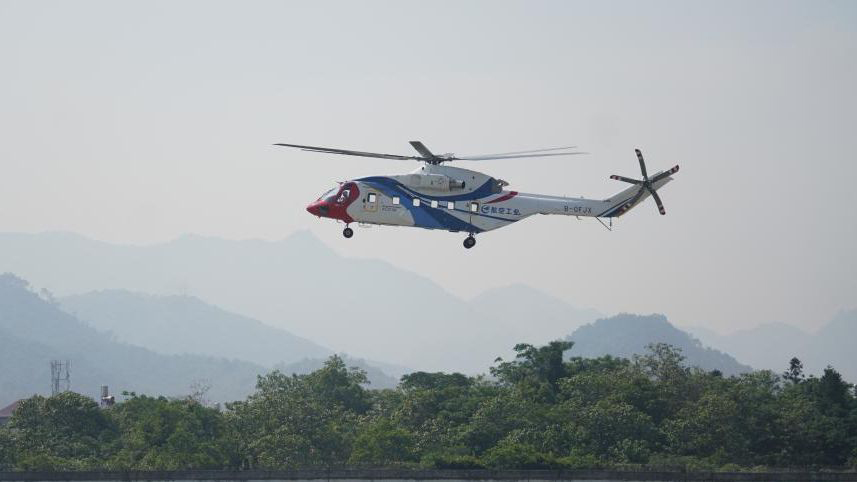
An AC313A large utility civil helicopter hovers at an airport in Jingdezhen, east China's Jiangxi Province. /Xinhua
An AC313A large utility civil helicopter hovers at an airport in Jingdezhen, east China's Jiangxi Province. /Xinhua
China's homegrown AC313A large utility civil helicopter, which is specially designed to meet the country's demands for air rescue missions, successfully conducted its maiden flight according to its developer.
It can carry up to 28 people, with a maximum take-off weight of 13.8 tonnes with external sling loads. It can load up to 5 tonnes of water for firefighting missions.
Han dynasty mirror reconstructed
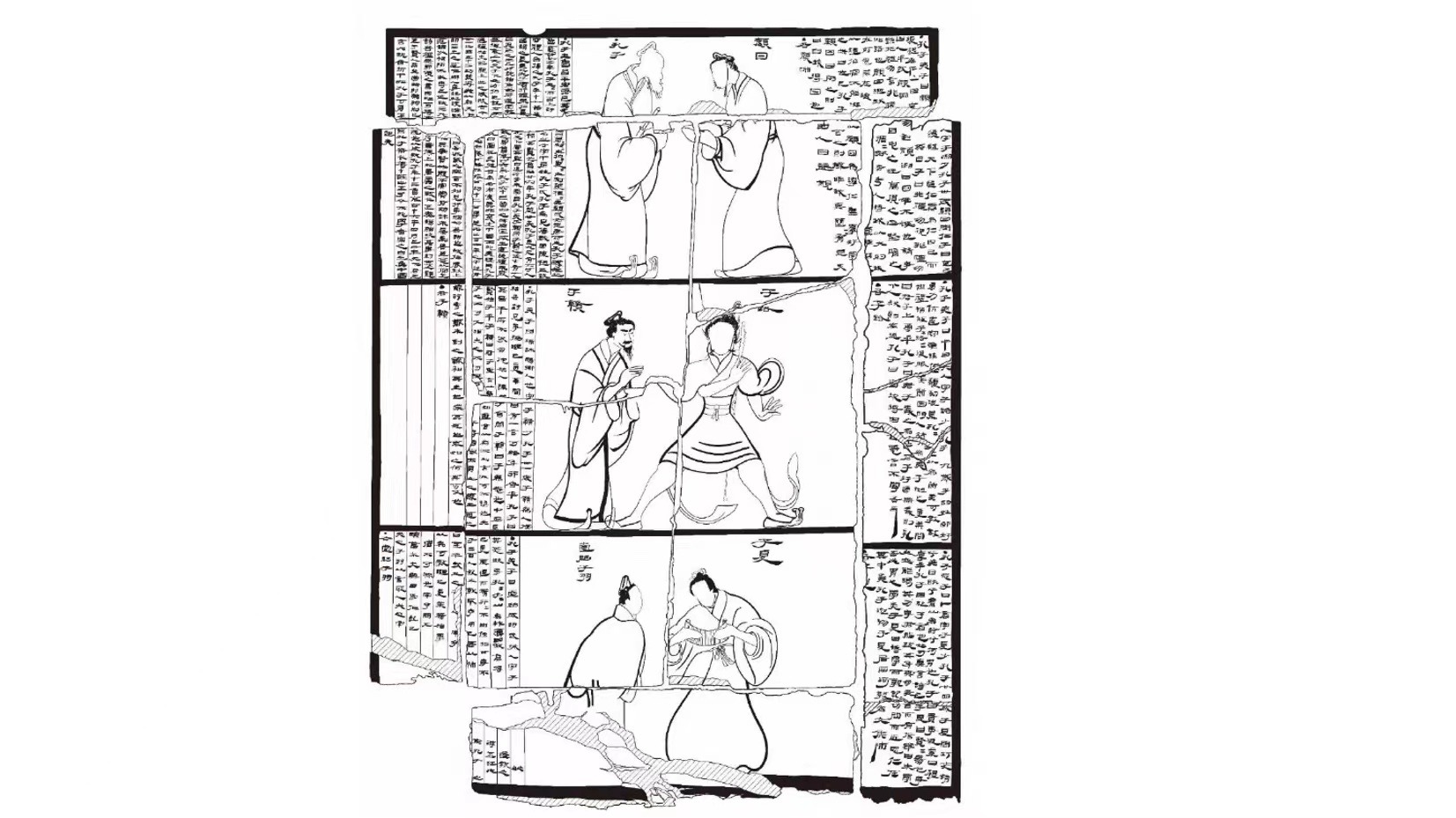
The back of the mirror screen painted with images and biographical details about Confucius, Yan Hui and other famous Chinese icons. /Photo provided to CGTN
The back of the mirror screen painted with images and biographical details about Confucius, Yan Hui and other famous Chinese icons. /Photo provided to CGTN
Archeologists have reconstructed a 2,000-year-old dressing mirror used by nobles during the Han Dynasty, bearing the earliest-known portrait of Confucius interacting with his disciples.
Dubbed the "Confucius Portrait Screen," it was originally thought to be a lacquer screen. It was meant to offer moral instruction to the Marquis of Haihun by promoting the wisdom of the Chinese philosopher and politician as the aristocrat reflected on his life.
China to build permanent COVID-19 facilities
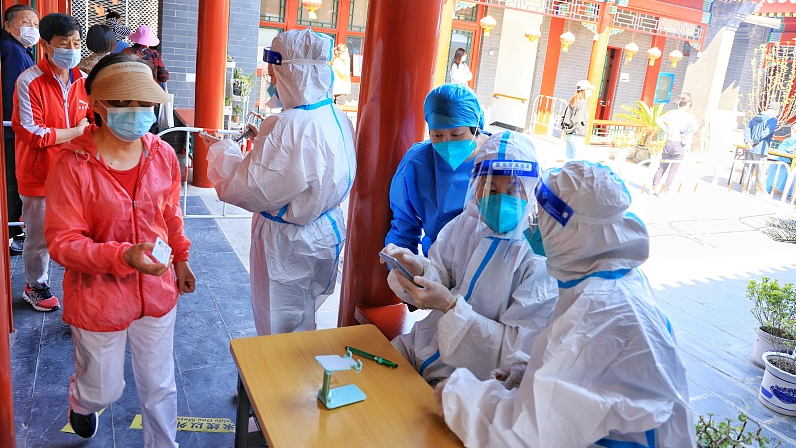
A nucleic acid testing site in Beijing, May 16, 2022. /CFP
A nucleic acid testing site in Beijing, May 16, 2022. /CFP
China plans to build permanent facilities and more COVID-19 test sites to reinforce the country's capacity to prevent and control COVID-19 in the early stage of infection, according to Ma Xiaowei, director of China's National Health Commission.
China will build up permanent hospitals as well as quarantine sites to enhance its capability of admitting COVID-19 infection cases, Ma wrote in the jCPC Central Committee's flagship magazine Qiushi Journal on Monday. It will also normalize COVID-19 monitoring mechanisms and carry out testing on a weekly basis.
China grants patent to new COVID-19 medicine

A stephania plantin the suburbs of Yichang City, central China's Hubei Province. /CFP
A stephania plantin the suburbs of Yichang City, central China's Hubei Province. /CFP
China has granted a patent to a new COVID-19 medicine, which is said to be able to drastically slow down the copying of the coronavirus that caused the ongoing pandemic.
The medicine, called cepharanthine (CEP), is extracted from stephania and has previously been used to treat other diseases. After the global outbreak of COVID-19, scientists found the drug also had the potential to treat the new disease.
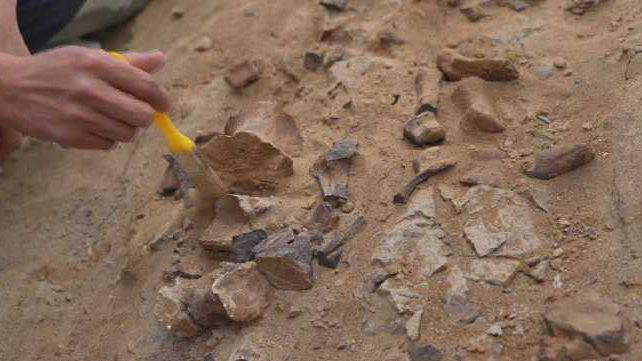
Researchers have found dinosaur fossils dating back about 125 million years in Inner Mongolia Autonomous Region, China. /Xinhua
Researchers have found dinosaur fossils dating back about 125 million years in Inner Mongolia Autonomous Region, China. /Xinhua
Researchers have found a well-preserved iguanodon dinosaur fossil dating back about 125 million years in China's Inner Mongolia Autonomous Region.
A preliminary study on the bone morphology of the fossils showed that the they belonged to an iguanodon in the Early Cretaceous period. It was large and close to adulthood, said Dai Ruiming from the Natural History Museum of Bayannur City in Inner Mongolia.
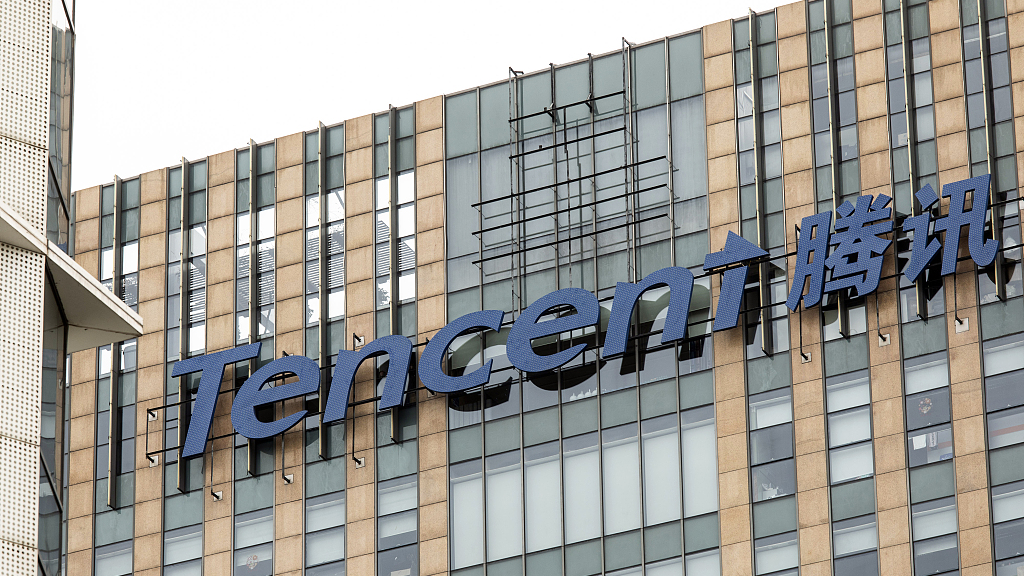
Signage for Tencent Holdings Ltd on an office in Shanghai, China. /CFP
Signage for Tencent Holdings Ltd on an office in Shanghai, China. /CFP
China's Tencent posted a quarterly profit that halved from a year ago and recorded no revenue growth, its worst performance since it went public, and warned that advertisers in consumer, e-commerce and travel businesses have slashed spending.
Revenue totaled 135.5 billion yuan ($20.08 billion) in the quarter ended March, versus 135.3 billion yuan in the same quarter last year, and below an average estimate of 141 billion yuan from 16 analysts, according to Refinitiv.
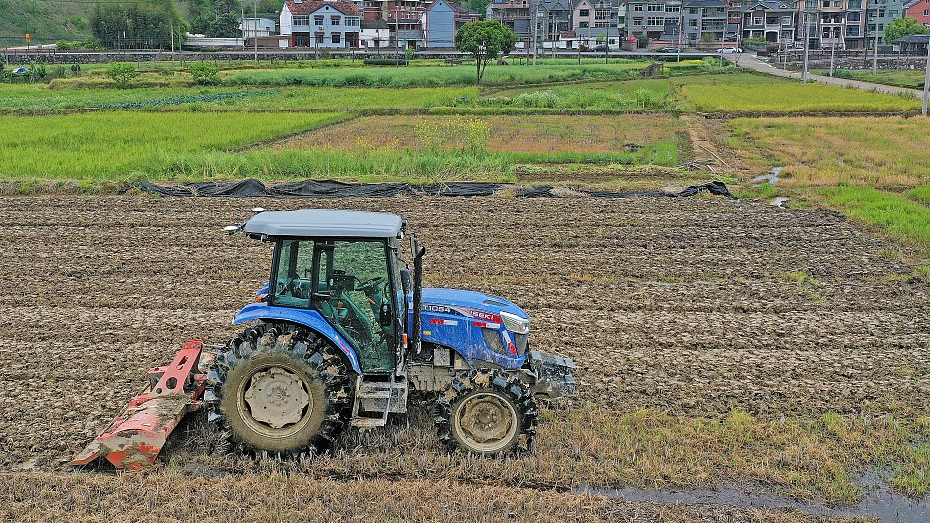
An unmanned caterpillar tractor working in a field in a village in Hangzhou, east China's Zhejiang Province. /CFP
An unmanned caterpillar tractor working in a field in a village in Hangzhou, east China's Zhejiang Province. /CFP
China plans to open a number of unmanned farms operated by advanced machines by the end of the 2025, according to a new technology roadmap released this week.
Guided by the Ministry of Industry and Information Technology (MIIT), the roadmap is the country's first to focus on unmanned agricultural machinery.

China Telecom rolled out its first quantum-encrypted smartphone, May 16, 2022. /CFP
China Telecom rolled out its first quantum-encrypted smartphone, May 16, 2022. /CFP
A Chinese telecom service provider rolled off its first quantum-encrypted smartphone on Monday, a day before the World Telecommunication and Information Society Day.
Launched by China Telecom, Tianyi No. 1 2022 is a smartphone with quantum-secured encryption and purpose-built SIM card that can encrypt and decipher voice calls on the phone using quantum key distribution, the company said.
Highway on shifting sands
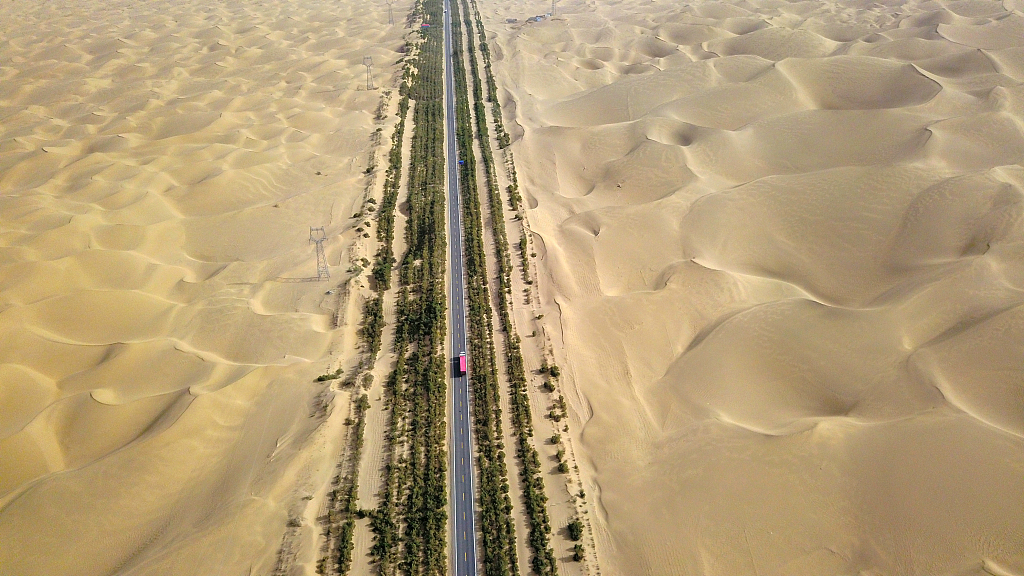
A car drives through the Lunmin Highway that links the Luntai and Niya counties on the northern and southern rims of the Taklimakan Desert in northwest China's Xinjiang Uygur Autonomous Region. /CFP
A car drives through the Lunmin Highway that links the Luntai and Niya counties on the northern and southern rims of the Taklimakan Desert in northwest China's Xinjiang Uygur Autonomous Region. /CFP
A new highway is being constructed in the heart of China's largest desert, the Taklimakan, in northwest China's Xinjiang Uygur Autonomous Region.
The road stretches along the western side of Qiemo County for nearly 152 kilometers and connects Tazhong Town in the middle of the desert, to National Highway G315 on the southern rims of the desert.
Spanning 1,000 kilometers in length and 400 kilometers width, the Taklimakan Desert is the world's second largest shifting sand desert with about 85 percent made up of shifting sand dunes.

